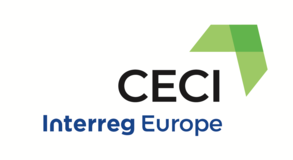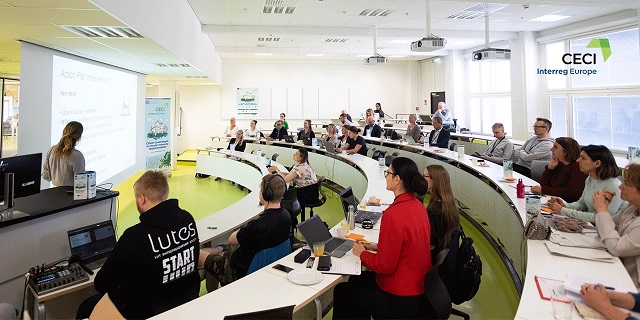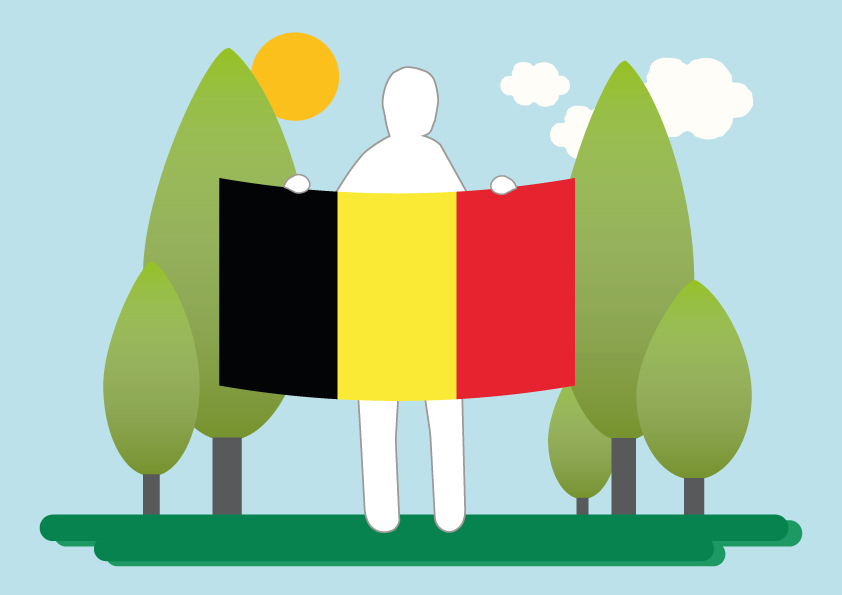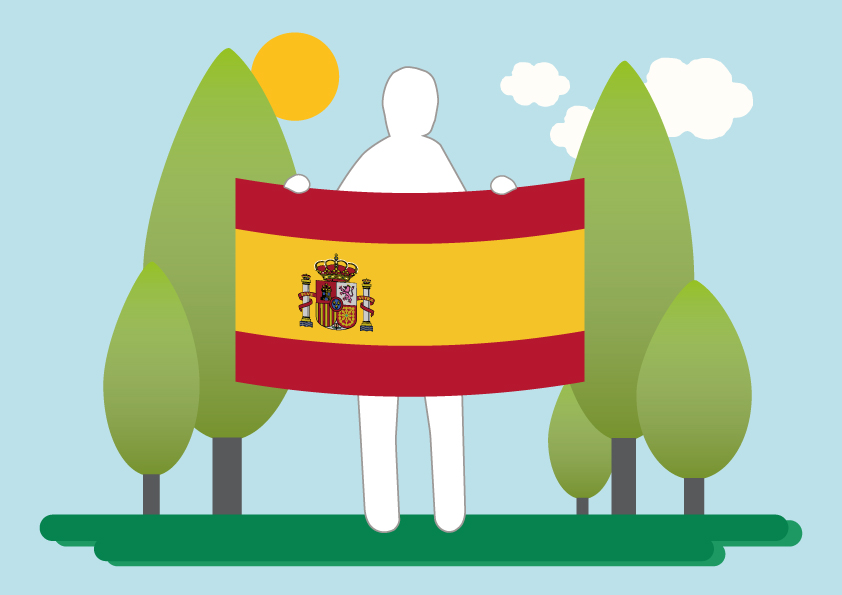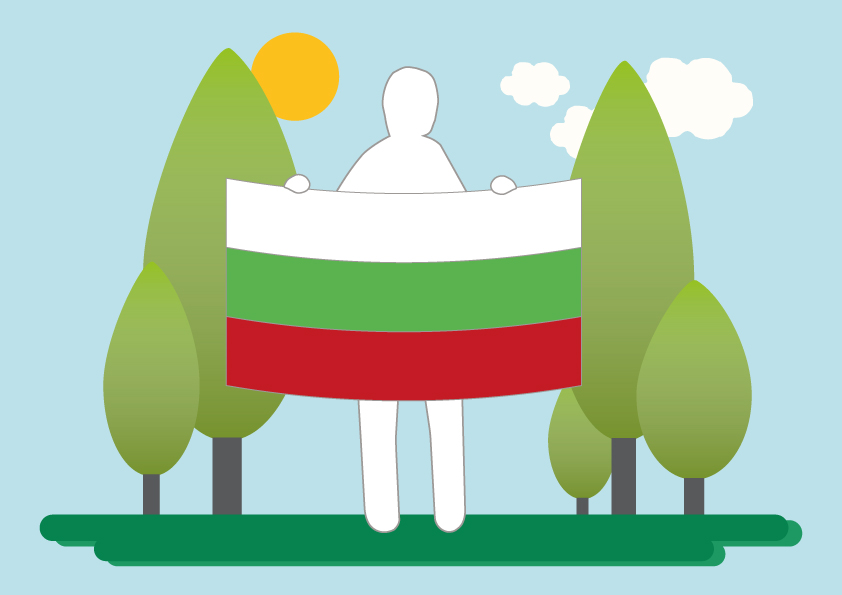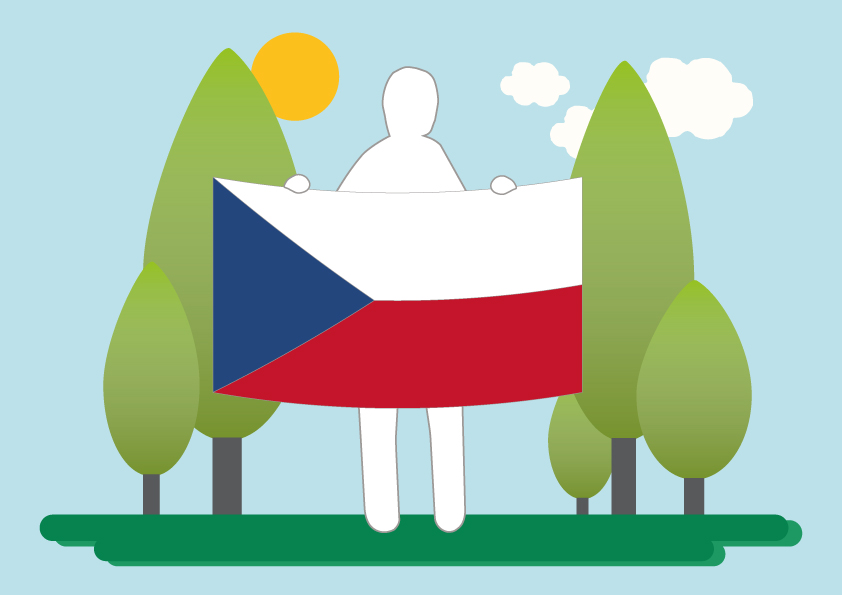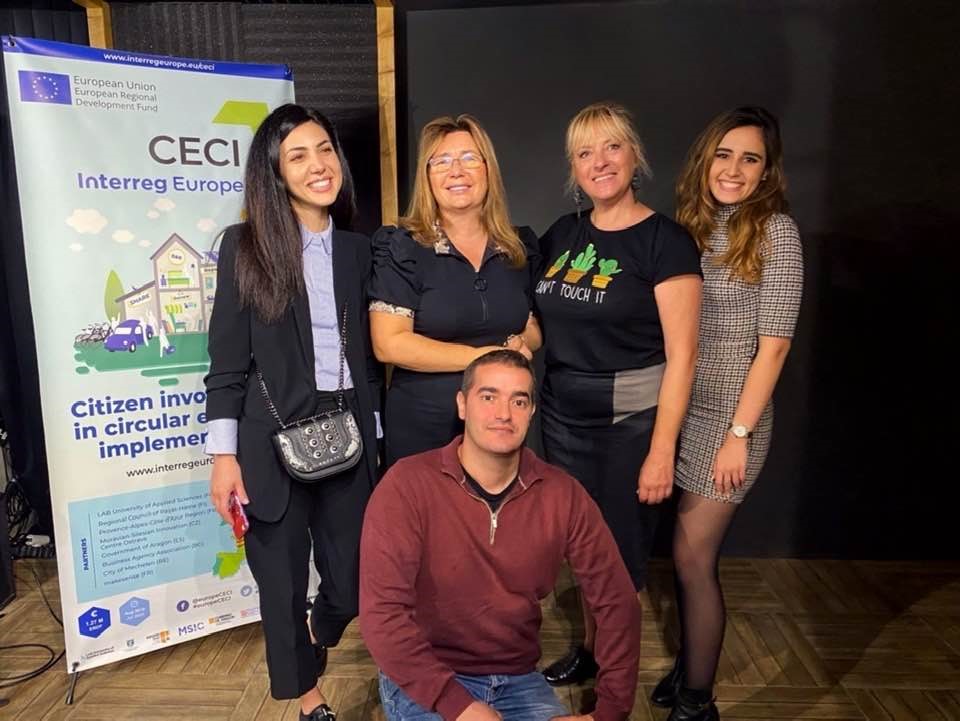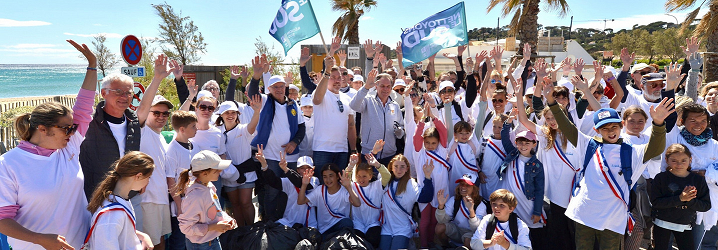This article discusses the importance of citizen involvement in reducing textile waste. The article refers to the Interreg Europe funded CECI – Citizen involvement in circular economy implementation project and the CECI Circular textiles survey, that was carried out in summer 2021. It is the first of the four articles concerning the textiles issue.
Authors: Barbora Pichlova, Antoine Delaunay-Belleville, Marjut Villanen & Katerina Medkova
Read the full article here: https://www.labopen.fi/lab-pro/involving-citizen-in-textile-recycling/https://www.labopen.fi/lab-pro/involving-citizen-in-textile-recycling/
Involving citizen in textile recycling
Recently, the textile contamination has received a lot of attention and discussions. This is important since the textile industry is one of the world’s most polluting industries. Unfortunately, also the time the clothes are used, has been shortened. Among others, one problem is that 85 per cent of textile waste ends up at landfills. (Sitra 2017.)
Row of clothes hanging on clothe hangers
Image 1: Clothes are available cheap and in large quantities. (Beliaikin 2018.)
There are many ways to make a change. By developing new and more sustainable business models, such as rental, or by designing circular products, that are easy to re-use and recycle, help to tackle the problems caused by textile use. Other important issue is to convince the consumers to buy less and higher quality clothes. Also steering consumer behaviour towards more sustainable possibilities plays an important role. (European Parliament 2019.)
Interreg Europe funded project CECI – Citizen Involvement in Circular Economy Implementation helps to develop regional policies and highlights the importance of citizen engagement (Interreg Europe 2021a). Collecting and sharing Good Practices between the project partners is one of the main ways of improving regional strategies and increasing citizen participation (Interreg Europe 2021b).
The textile industry is not only one of the most polluting, but also one of the least circular industries in the world. Citizen involvement has been shown to help change consumer habits and develop circular alternatives throughout the life cycle of clothing, from fibre and garment production to use and end of life. The good practices mentioned hereafter illustrate how better public policies, involving citizens, can help address some of the challenges confronting the textile industry, as exposed by the 2017 Ellen MacArthur Foundation’s report about the circular economy in fashion. (Ellen MacArthur Foundation 2017a.)
Raising awareness, showing solutions, and giving alternatives
According to Laura Gay, from Clear Fashion, the first step to get citizens involved is to raise awareness. When people become more concerned about the negative aspects of the textile industry, they are more likely to change their habits. It is important not to make citizens feel guilty, but to show them that solutions and local alternatives are available. (Gay 2021.)
There are many ways to raise public awareness e.g., distributing a best practice guide that includes a list of pick-up/drop-off services in the area, or list of places that offer clothing repairs, or organising theme-based weeks that include awareness-raising actions, with an emphasis on increasing the visibility of local, sustainable brands and companies. Projects, such as Clear Fashion (Gay 2021) in France, and organizations and charities, such as WRAP (2021) in the UK and Refashion (2021) in France could be inspirational for further development.
Circular fashion is still something that is little known and often looked down upon, so it’s crucial to get the support of local authorities in order to change consumer perceptions. Public communication campaigns can be instrumental in convincing people to change their ways of living and consuming. Furthermore, they support local and sustainable initiatives that encourage citizens to switch to more sustainable, close-to-home solutions rather than focusing on cheap clothing and trendy brands.
According to the Ellen MacArthur Foundation report about circular fashion, the four following points may sway decisions:
-Convenience and very low prices of second-hand stores (for low-income citizens).
-Uniqueness and originality (for middle or high-income citizens).
-Belonging to a community or having a positive impact (for citizens concerned about social or environmental issues).
-Health (for those who want to avoid chemicals in or on their body).
(Ellen MacArthur Foundation 2017a.)
